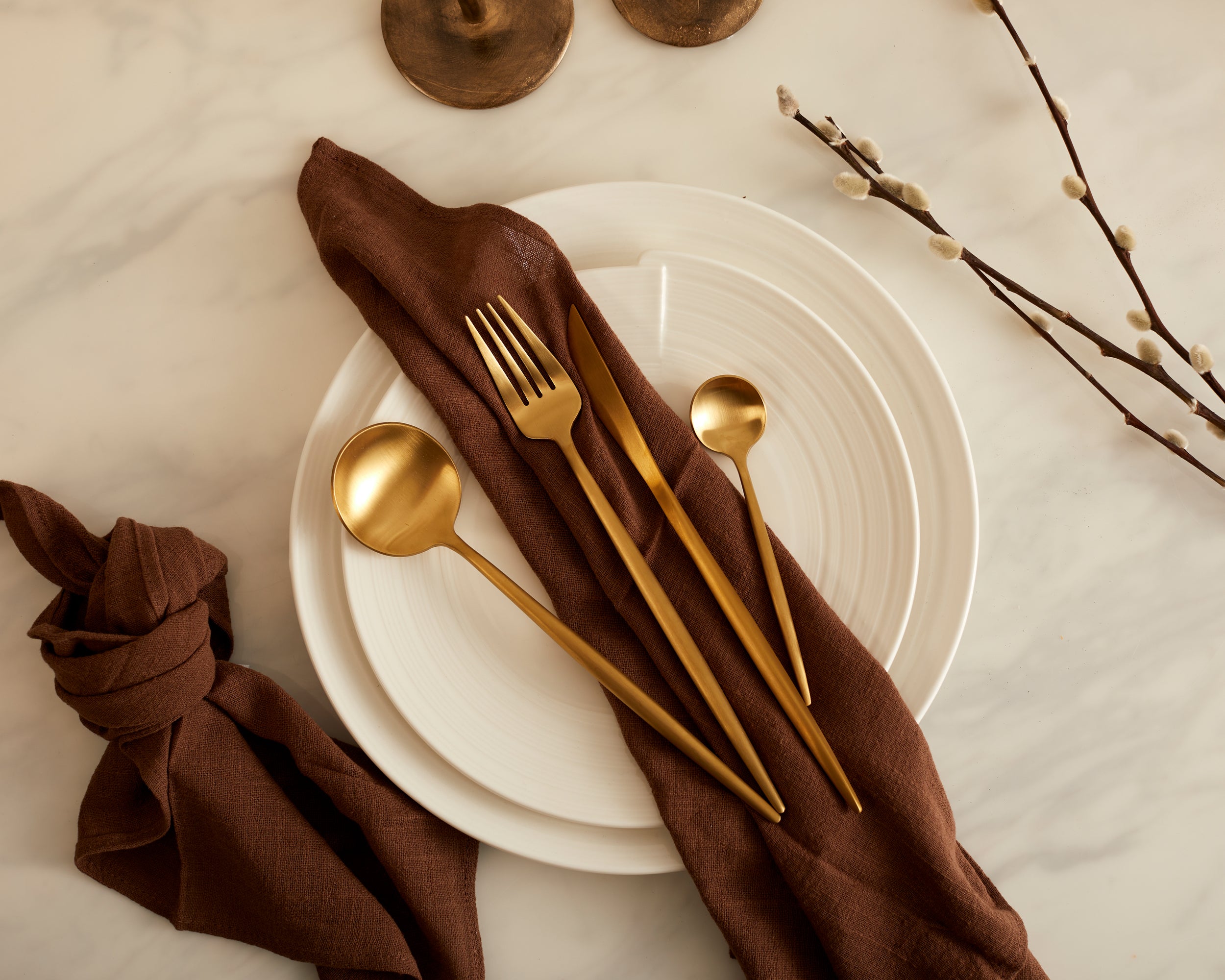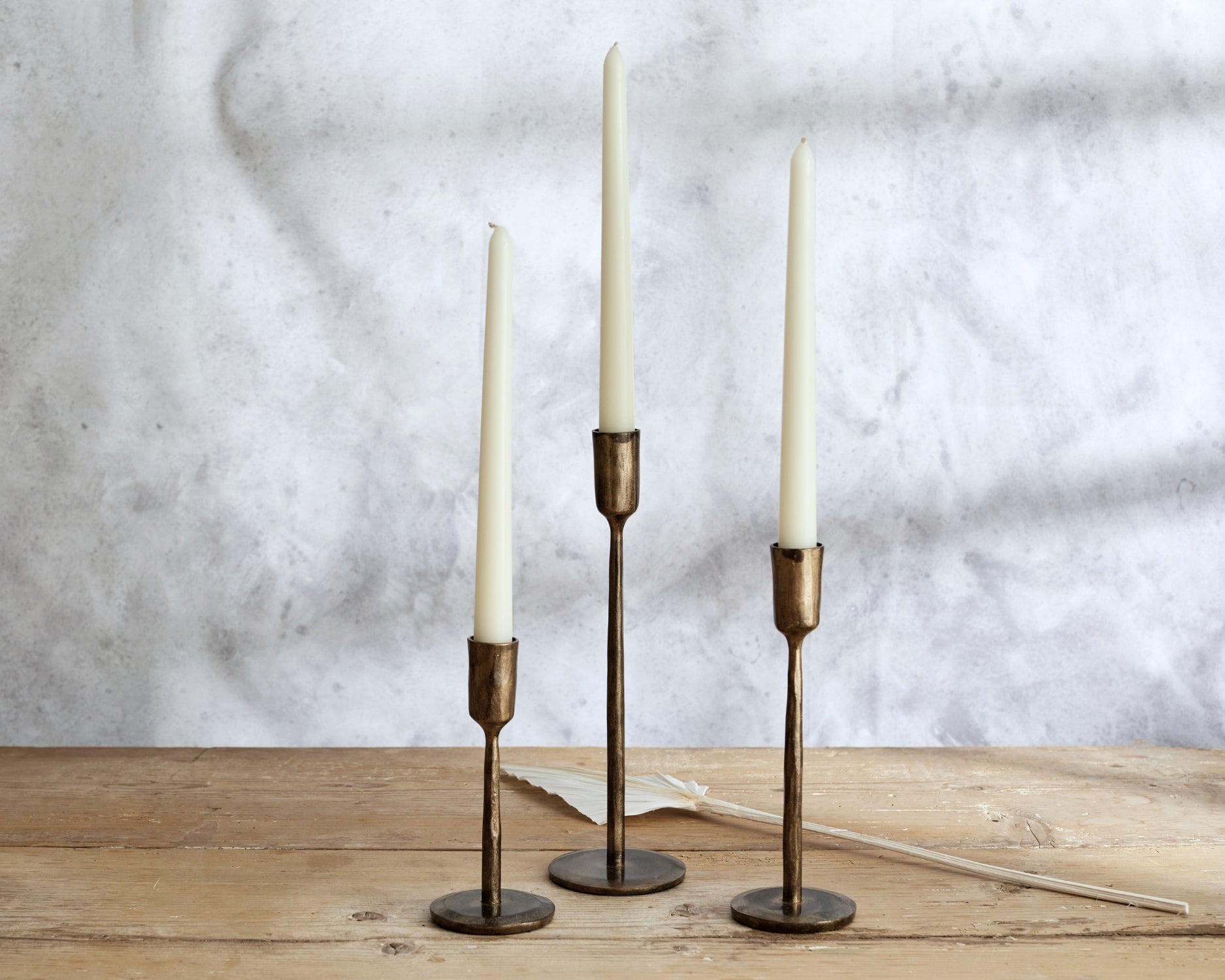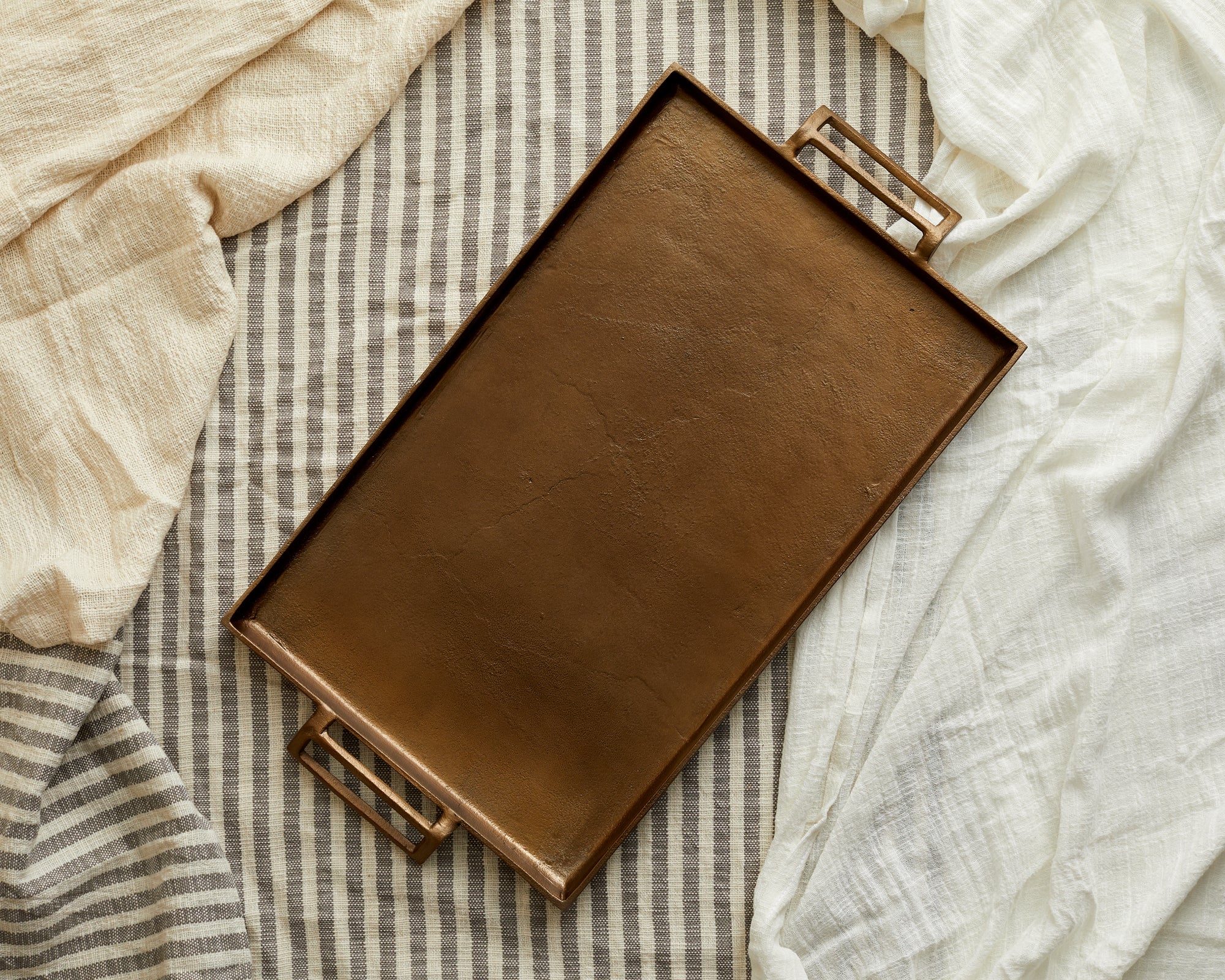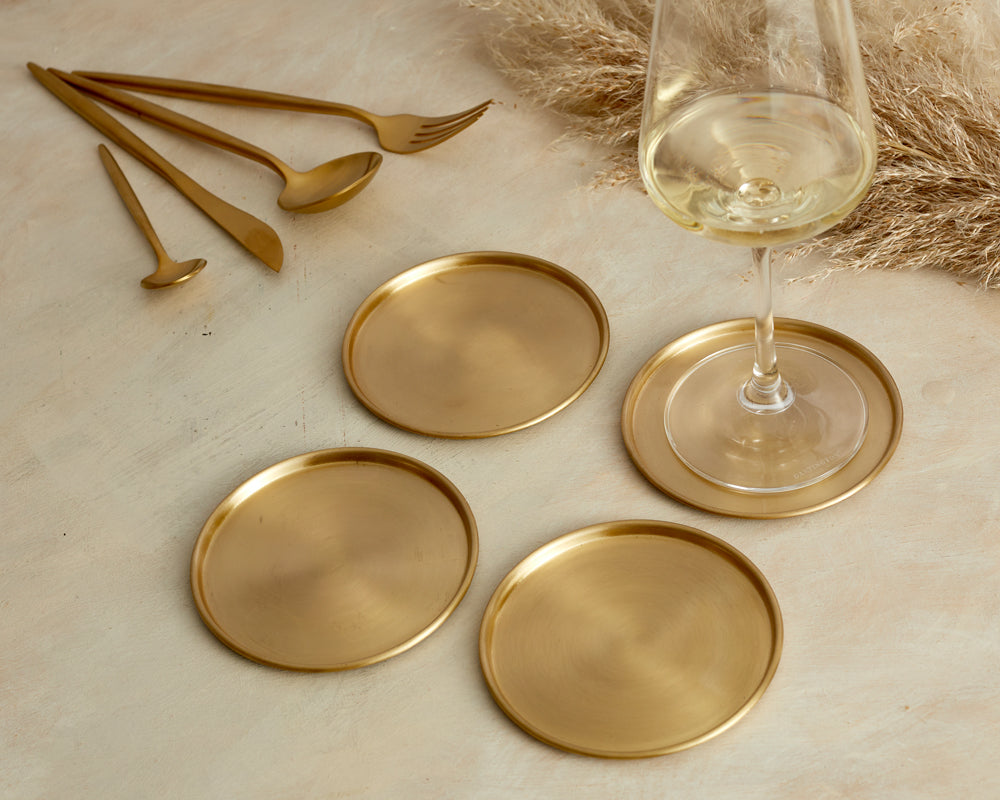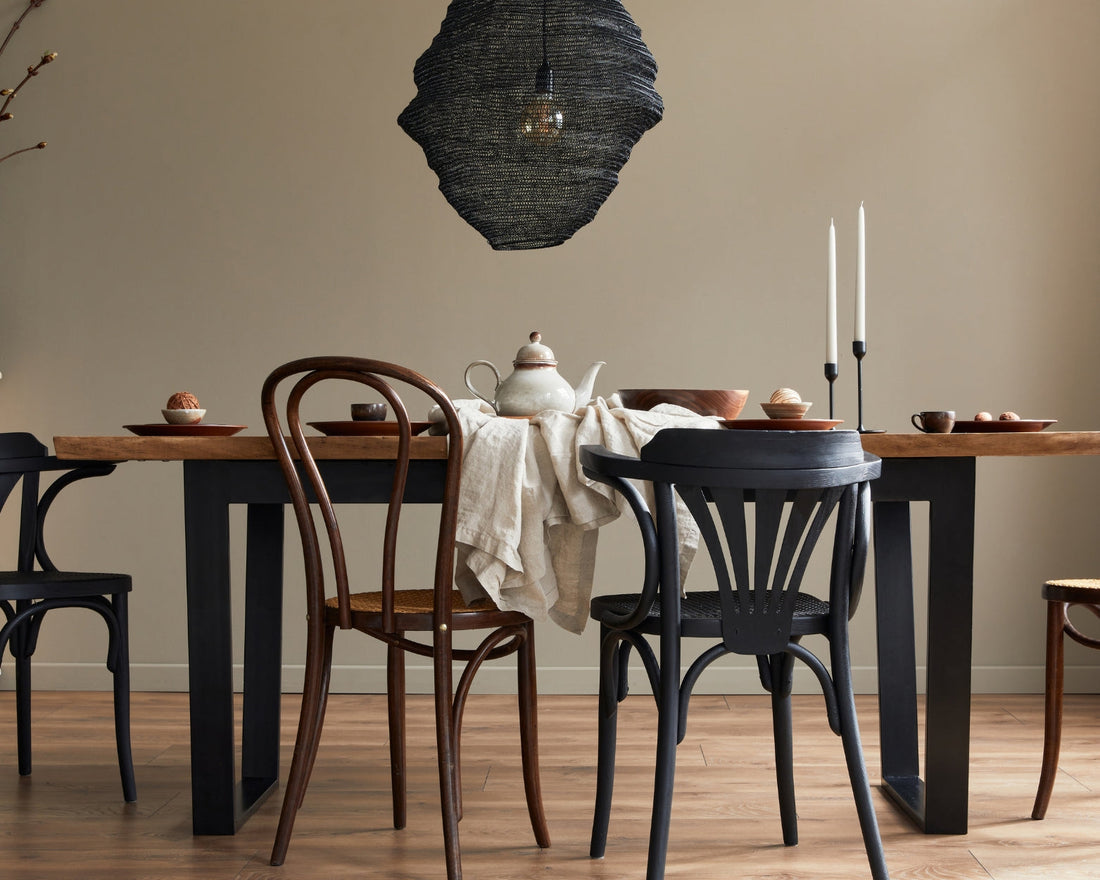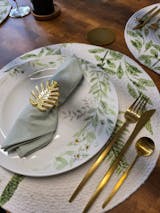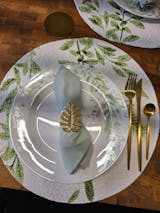Today, we'll discuss an often overlooked subject: table textiles. Our goal is to offer practical guidance for selecting the appropriate textiles for your table settings and ensuring their long-lasting durability.

So, let's dive into some essential things to consider when you're on the hunt for table linens, whether it's a tablecloth, table runner, napkins, or even the often-neglected cotton gauze textiles. Let's break down what you should keep in mind when choosing your table textiles:
1. Cotton: The Timeless Classic
Cotton is probably the most common choice, and for good reason. It's soft to the touch and can handle plenty of washes without losing its vibrancy. It's perfect for everyday use in your kitchen or casual dining area, and it's friendly on your budget.
Now, let's introduce a special player in the cotton game: cotton textiles. Cotton is all about achieving a delicate, airy elegance that's perfect for those breezy, relaxed gatherings. They're not just functional; they're a statement piece.
 Elia Cotton Gauze Table Napkins
Elia Cotton Gauze Table Napkins
Cleaning and Care: Keep the washing temperature at a maximum of 40 degrees Celsius, separate your colours, use liquid detergent (gentler on delicate and colored fabrics), skip the tumble dryer, and you can iron it at high temperatures (just not the highest!).
 Indie Brown Cotton Gauze Table Napkins
Indie Brown Cotton Gauze Table Napkins
2. Polyester: Versatile and Sleek
Polyester is another robust and low-maintenance option. It has a shiny, silky look that makes it ideal for formal events like weddings or fancy gatherings. Unlike cotton, polyester won't wrinkle, fade, or shrink with proper care.
Cleaning and Care: Polyester can handle warmer washing temperatures (up to 50 degrees Celsius). Most regular cleaning products will do the job, and adding fabric softener helps with static electricity. If you can, avoid the tumble dryer and opt for low-temperature drying.
3. Linen: Elegance and Endurance
Linen is all about elegance and durability. It can last for years but demands a bit more care due to its limited elasticity. Ironing linen might not be the most fun task, but it's worth it.

Brooklyn Washed Linen Salmon Tablecloth
Cleaning and Care: Ideally, hand wash or go for a cold machine cycle (even if it costs a bit more). For hand washing, pure soap works wonders, and if you're using a machine, stick to mild detergent. Say no to tumble dryers and let your linen air dry. You can iron it at high temperatures, but go easy considering the investment. Store your linen in cotton or tissue paper covers to protect it.

Brooklyn Washed Linen Salmon Tablecloth
Understanding Pre-Washed and Unwashed Linen
Linen has a unique trait—it shrinks during the first wash and gets softer with each subsequent laundering. There are three options to consider:
a) Vintage Linen or "Washed Linen": This type has undergone extensive washing at high temperatures to enhance softness and prevent further shrinkage.
b) Stonewashed Linen: It goes through a process with pumice or volcanic stones, making it more flexible and giving it vibrant colors without compromising quality.
c) Unwashed or Non-Softened Linen: This linen hasn't been washed yet, so it starts stiffer but gets softer with each wash. Just keep in mind it might shrink a bit.
Summary: Taking Care of Your Textiles
| Textile | Cleaning Temperature | Detergent | Drying | Ironing | Storage |
|---|---|---|---|---|---|
| Cotton (Including Gauze) | Cold and lukewarm water | Liquid detergent preferred | Naturally preferred | Resist higher temperatures (Never the maximum) | Dry place, away from dust and moisture |
| Polyester | Lukewarm water | Most common cleaning products will work + Fabric softener | Naturally / Tumble dryer with low heat mode | Medium (Never use the iron cotton fabrics mode) | Dry place, away from dust and moisture |
| Linen | Cold water | Pure soap or a mild detergent | Never use the dryer | Medium. Help of steam and when the textile still retains humidity | Dry place, away from dust and moisture |
So, what's the best fabric for your table? Well, it depends on your budget, the occasion, how much care you're willing to put in, and how long you want your textiles to last.
